Yellowstone was named the first national park in the world on March 1, 1872. It’s unique hydrothermal geysers and abundance of wildlife make this national park special. The park stretches 2,219,789 acres, which puts it in the top ten largest national parks.
Fun Fact: Yellowstone Lake is the largest high elevation lake in North America.
Yellowstone is known for natural wonders like Old Faithful and the herds of roaming bison throughout the park. But, dont miss some of the park’s hiking trails and basins for striking views of the park’s waterfalls, forests and alpine lakes.
Not a fan of reading? Me either… watch the video instead!
1. Old Faithful
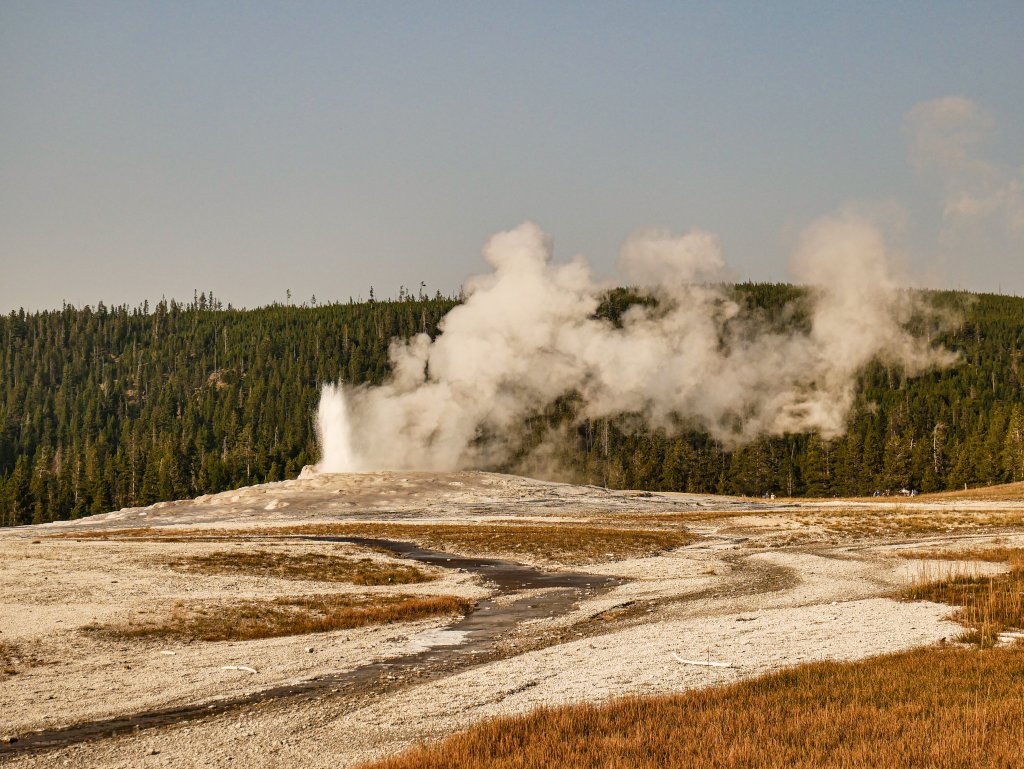
The world’s most renowned geyser is a must-see for every Yellowstone visitor. Although it isn’t the largest geyser in the world, Old Faithful’s eruptions are definitely awe-inspiring, averaging around 130 feet high. Old Faithful gets it’s name from its consisten eruptions every 90 minutes or so. Each day the park has the approximate eruption times listed so you can plan your day and visit, accordingly.
Old Faithful is located west of Yellowstone Lake (easily accessible from the West Entrance) by Highway 191. Surrounding Old Faithful are several overpriced hotels, dining areas and a visitors center. Keep in mind, most of Old Faithful’s facilities generally open in May and close between September and November, so if possible, plan your trip around the shoulder seasons for best prices on accommodation and airfare.
Access to Old Faithful is included in park admission. You can also opt to see Old Faithful via a bus tour like those offered by Viator Touring Company.
2. The Grand Prismatic Spring
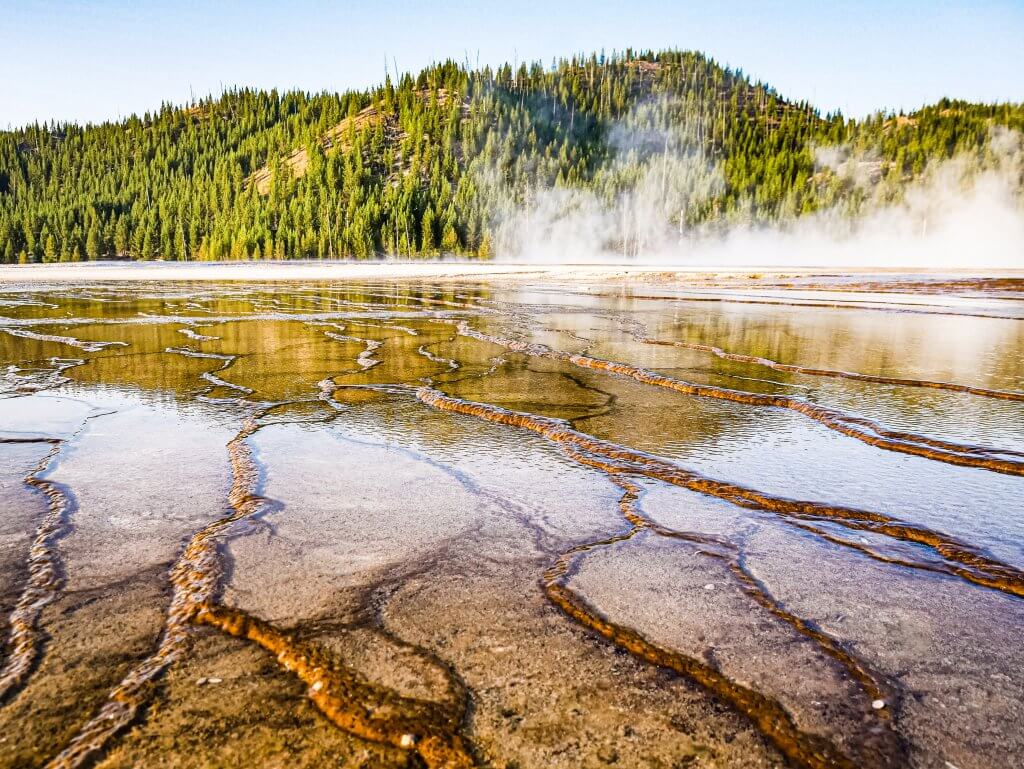
The Grand Prismatic Spring is the largest hot spring in the United States, approximately 370 feet in size and around 121 feet deep. From the surface you would never know it reaches a depth of 121 feet. In the early morning, at sunrise, its a rainbow of colors. Deep blues, fiery orange hues and crystal clear aqua water. Depending on the time of year, fog is common and the temperature between the thermal pools and the air creates an erie and unique atmosphere. The colors of the thermal pools are caused by pigmented thermophilic bacteria that thrive on the rich minerals produced by the geothermic activity. The color of the bacteria is determined by the temperature of the water – the center is too hot to support life – which is then reflected when light hits the organisms.
This natural wonder is one of the park’s most photographed sights, so expect crowds when you visit. You may find fewer visitors if you arrive early. No matter when you go, visitors say the attraction’s Fairy Falls overlook will provide you with the best views. Learn more about Fairy Falls later down the list.
3. Grand Canyon of Yellowstone

The Grand Canyon of Yellowstone was formed over thousands of years of erosion caused by wind, water and other natural forces. One of my favorite areas of Yellowstone due to its picturesque scenery, the canyon stretches approximately 20 miles long and nearly a mile wide. Just as remarkable as the canyon’s terra-cotta hued cliff walls is its river, which is the longest undammed river in the country, meandering for more than 600 miles through Wyoming, Montana and North Dakota.
“Amazing,” “beautiful” and “fascinating” are just a few adjectives recent visitors used to describe this natural wonder. Points of interest include Artist and Lookout points.
Traveler Tip: Get to the canyon early or late in the day to avoid rubbing elbows with hordes of tourists.
The heart of Canyon Village, which features a visitors center, a lodge and several dining facilities, can be found approximately 1 mile northwest of the canyon’s North Rim Trail.
Read More: Grand Teton, Yellowstone and Glacier National Park Road Trip
4. Wildlife
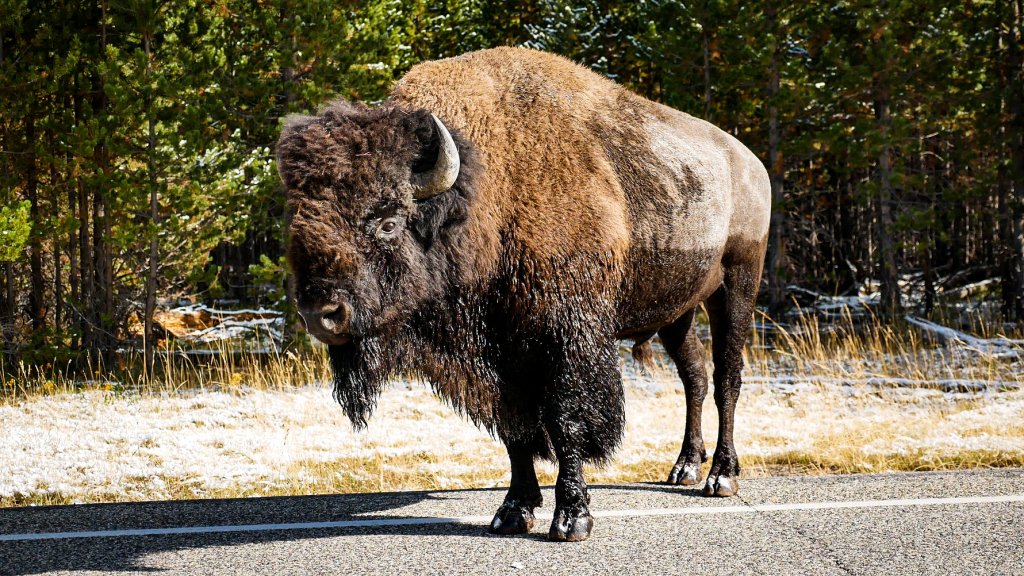
Wildlife is everywhere in Yellowstone National Park. You just have to stop somewhere, be patient and observe your surroundings for awhile. The moment you see a bison 10-15 feet in front of you, a behemoth of a mammal, that’s when you know you’ve made it to Yellowstone.
There are some known hotspots to see more wildlife than usual, including Hayden Valley. This lush valley north of Yellowstone Lake is a highly visited gathering place for bison, elk, coyotes and grizzly bears. While you can get a good view of the valley from the Grand Loop Road, you need to get out your car for the best perspective. Hikers should check out the area’s two trails: The Hayden Valley Trail runs parallel to the Yellowstone River from Yellowstone Lake to the Grand Canyon of the Yellowstone, while the Mary Mountain Trail traces the valley’s northern edge. While you’re exploring, be sure to check out some of its geothermic features, such as Mud Geyser and Sulphur Spring.
5. West Thumb Geyser Basin
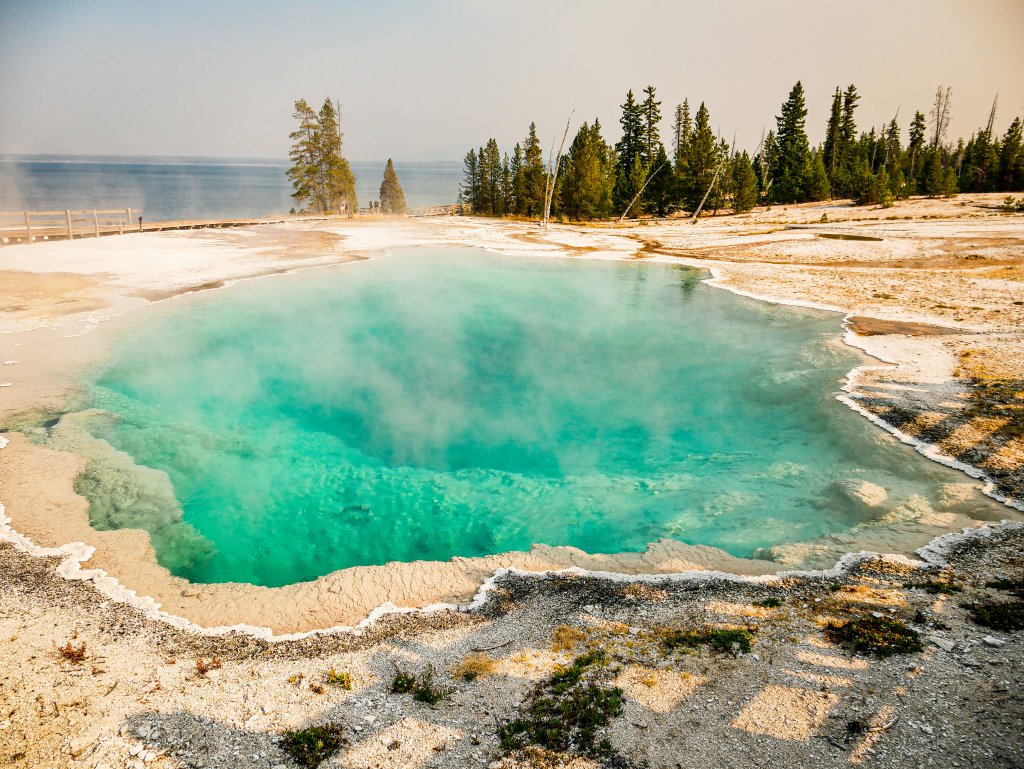
On the edge of Yellowstone Lake lies the West Thumb Geyser Basin. Yellowstone Lake is the park’s largest body of water and the largest freshwater lake above 7,000 feet in North America. First visited by Lewis and Clark’s scout, John Colter, in the early 1800s, Yellowstone Lake has since become a popular destination among anglers and boaters.
But, before you stroll down the boardwalk to the lakeshore, you’ll come across a series of geysers and hot springs. The Abyss Pool, as it’s name suggests, is a stunning turquoise spring that’s 53 feet deep. Fishing Cone is another unique geyser to the area. At one time it was the only place you could catch a fish in Yellowstone Lake and cook it right over the hot spring. Since then, the boardwalk was built to keep visitors from getting hurt and ruining the terrain.
Do you have anything to add to the top 10 things to do in Yellowstone? Leave a comment down below.

 Previous Post
Previous Post Next Post
Next Post

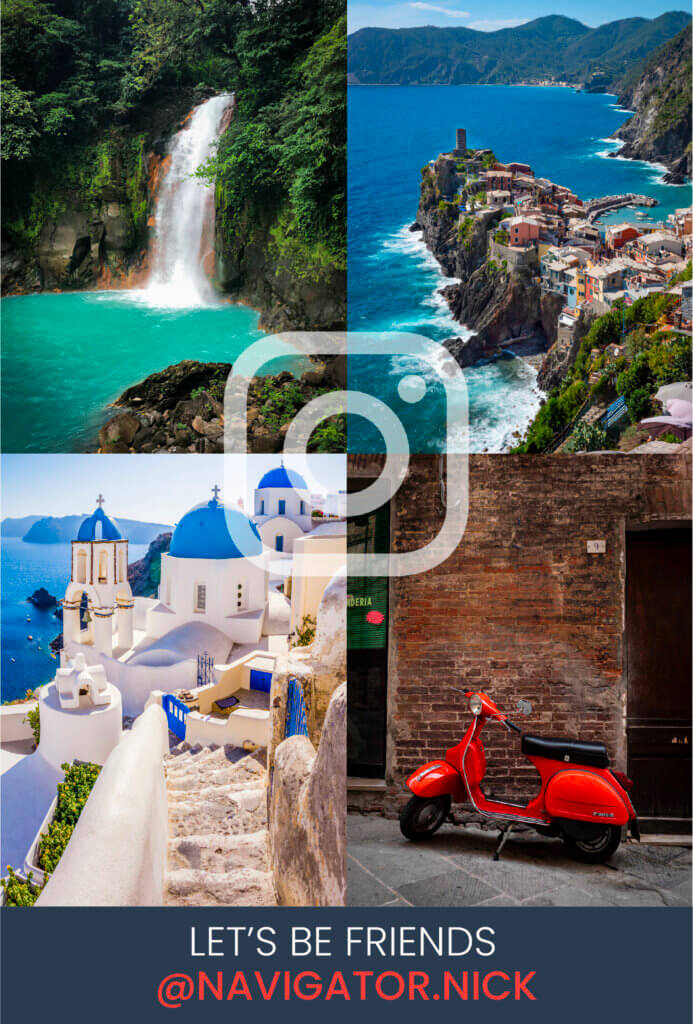


Aweome place, the geysirs are unbelievable..
Thanks Gabi! It’s crazy how the weather or sunlight can change their look, so magnificent!
Yellowstone has been on my bucket list ever since a BBC series years ago. It still looks like an amazing place to visit.
It’s such an amazing place and we could’ve spent a few more days there. Three days is a good start but you need a few more to really experience it! When are you going?!